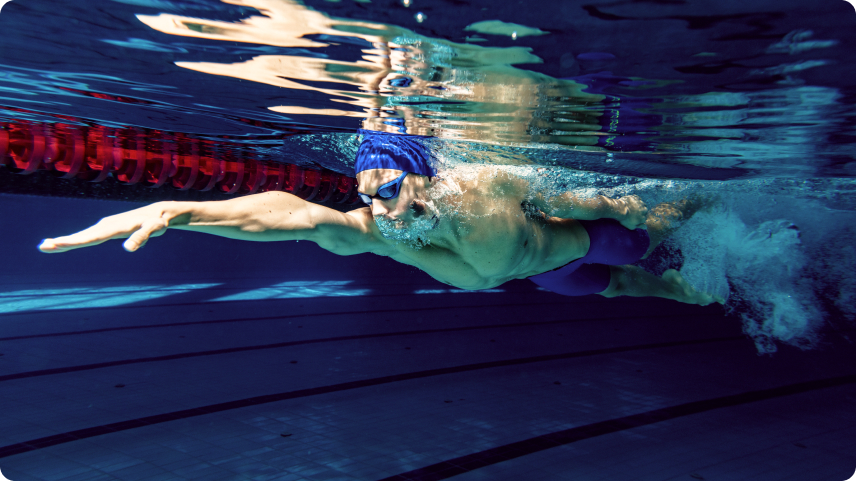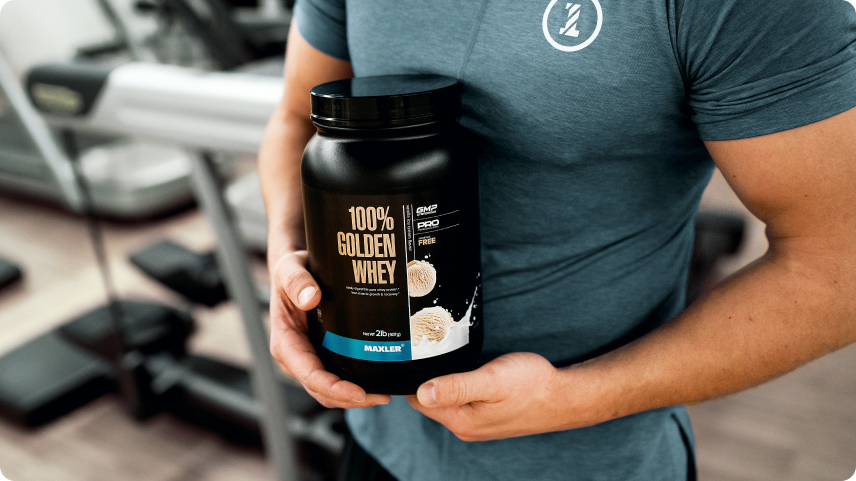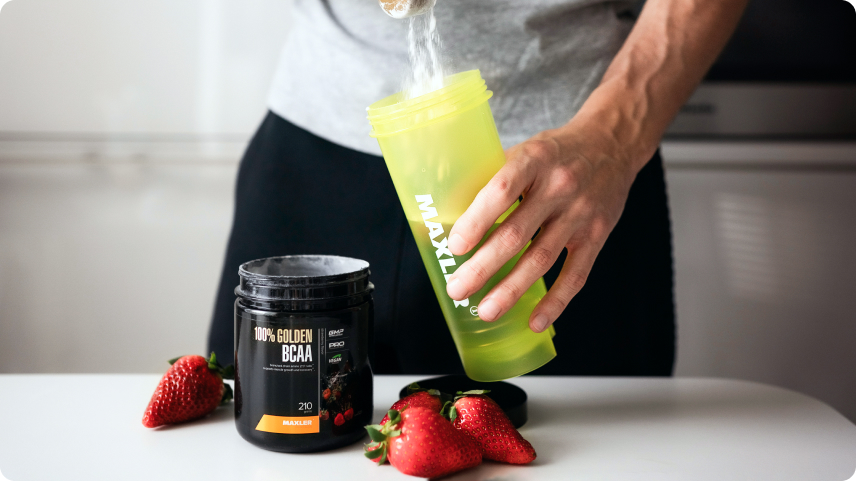Muscle pain after a workout – causes

Ever wake up the morning after a workout, and you can barely move? The feeling of extremely sore muscles is a common one, but it's also frustrating. You should invest in proper recovery techniques to help you better manage your muscle pain. In this post, we'll cover some of the ways you can help with muscle pain after workouts.
Why You Get Sore After Exercise
Before understanding how to help with sore muscles, we need to comprehend why you feel sore.
When we exercise, our muscles are working hard. When we're not accustomed to the load or the type of exercise we are doing, the muscles work even harder. During this process, specific changes in our muscles lead to the development of soreness and discomfort. This leads to a slowly developing soreness that can develop and persist over 24-48 hours.
We’re still trying to figure out what exactly causes these feelings. However, there are a few theories on potential mechanisms of action. One of them has to do with lactate. Lactate is made naturally by our cells, but when there’s a lot of it in our muscles, we may experience pain and discomfort. Whether it’s a significant part contributing to the feeling of soreness has been debated.
The other reason is muscle damage through inflammation and free-radical damage. After a workout, our damaged muscles may induce inflammatory responses in our cells. This inflammation builds and peaks at the same time as the soreness does. When we work out hard, our muscles and their membranes become damaged, which may set off this response. In addition, muscle contractions produce free radicals, which may damage the cells of our muscles. We’re still exploring the significance of this mechanism.
It is also thought that the muscle's connective tissue, the fascia, is involved in this process. The pain we feel may be from damage to this structure rather than the muscle itself.
The story of muscle damage is a complicated one, involving multiple hypotheses. However, just because we're not 100% sure how muscle soreness occurs doesn't mean we can't do something about it.
How to Heal Your Sore Muscles
Now that we understand how muscle soreness occurs, it's time to explore how to help it and get back to training. There are a few things you can do to help with sore muscles.
Active recovery
Active recovery is a great way to alleviate soreness. It simply means that you’re moving your body without producing more damage. Most people choose to do paced walking, jogging, and swimming for active recovery. Your aim is to move, not set new world records, so don’t be afraid to go at your own pace!

Active recovery can be incorporated into your cooldowns to help you save on time.
This method of recovery works because it helps you get your blood flowing and enables you to clear out lactate and metabolic waste from muscles. In addition, there may be psychological benefits to active recovery. You can get positive benefits from active recovery by doing it for as little as 6-10 minutes.
Stretching
Many of us may have heard that muscle pain after working out can be decreased with stretching. There's a mix of opinions on this in the literature right now. It appears that stretching on its own may not be super effective at lowering soreness. However, when paired with active recovery, it can be a valuable tool to help reduce lactate in the muscle.
Therefore, it's worth trying out whether stretching is effective for you. Combine it with active recovery, or make it a part of your cooldown and see if it helps you.

Massage
Another way to deal with muscle pain after a workout is through massage. Massage treatment a few hours after a workout can be helpful in helping muscles that are sore. It may work even better when paired with other recovery techniques.
You don’t have to get a professional sports massage if you don’t have access to it. Instead, you can use self-massage techniques to help your muscle pain go away.
Another option to consider is massaging yourself with additional tools, such as foam rollers. They can help release tightness in the muscles.
Hot or cold therapy
Another way to help your muscle soreness is by using different types of temperature treatments. These are usually divided into cold, hot, and alternating treatments. They may involve showers, water immersion or even just a heat pack.
It appears that hot packs can be effective for pain lasting under 48 hours. In contrast, cold treatments may be better when applied after 48 hours post-exercise.
After your workouts, you can experiment with heat treatments or cold water immersion to see how well they can help you. In either case, ensure you're using temperatures that won't hurt you. In addition, when trying new recovery techniques, you may benefit from being under the supervision of a professional.
A popular type of recovery is alternating hot and cold showers. You can read more about their benefits here.
How to Prevent Sore Muscles When You Exercise
This type of muscle pain can be prominent if you’re doing an exercise for the first time or resuming it after a break. Therefore, as you continue to work out and repeat the exercise, you may find that soreness decreases. It's a good idea to be patient during this time. If it doesn't go away, re-assess whether you're increasing your loads too much or consult with a professional.
However, that doesn't mean that you can't maximize your chances of not getting sore muscles. Specific strategies can help prevent muscle soreness:
- Take it slow. Ease into a new training regimen or a new exercise, giving your body plenty of time to adapt. Start with lighter loads, and work your way up.
- Nourish yourself properly. After a workout, it’s essential to provide the body with the nutrients it needs to repair muscle damage. Therefore, aim to get 20-30 grams of protein with a source of carbohydrates after a training session. Maxler 100% Golden Whey can be an excellent option for a delicious protein source.
- Invest time in recovery. Preventing muscle soreness is as much about your exercise as what you do straight after it. Spend time using recovery techniques like massage or cold therapy after training. Additionally, plan rest days and active recovery days between workouts for better recovery.

- It's worth ensuring you're staying hydrated during your workouts.
- Some people may also notice that supplement usage can help prevent soreness or make recovery faster. BCAA supplements, like 100% Golden BCAA, are a popular choice. Others may see benefits from antioxidant supplements as well.

For more tips on muscle recovery, check out our Learning Centre, where you can find posts like:
- The role of rest days in exercise
- How to attenuate DOMS
- Our top 3 recovery techniques
- What to do to speed up recovery
Muscle soreness is a part of anyone’s fitness journey. But to overcome the hurdle and continue training and reaching new heights, you need to know how to deal with it. Proper recovery techniques can help you manage muscle soreness. Combine multiple approaches and experiment to find a recovery routine that will work for you. Become your best self with Maxler.






